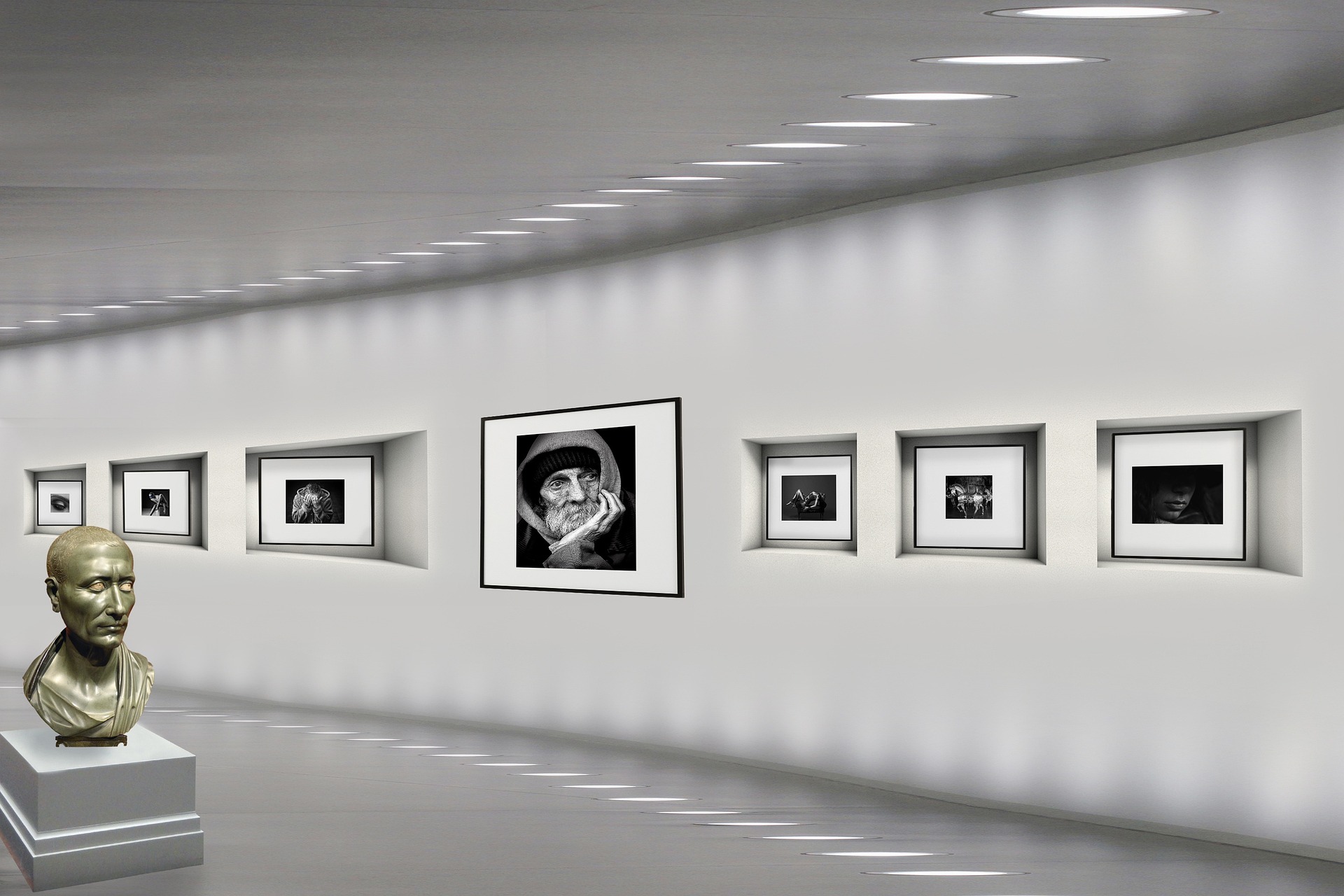Syncopated Steps: The Resurgence of Tap Dance in Modern Entertainment
In the world of arts and entertainment, trends come and go, but sometimes, they return with a captivating twist. Such is the case with tap dance, a form of dance with roots deep in American history that is now experiencing a renaissance. This revival is bringing fresh energy, interpretations, and appreciation to the genre, proving that tap dance is far from a bygone art form.

Historical Background: Tap Dance’s Rich Tapestry
Tap dance, with its rhythmic footwork and audible beat, originated from a fusion of cultures. It traces its roots back to the 19th century, where African rhythms met with Irish and English clog dances on American soil. The result was a unique dance style that became a hallmark of vaudeville shows and later, Hollywood musicals. However, as these platforms declined, so did tap dance’s popularity.
Tap Dance Today: A Revitalized Art Form
Fast-forward to the 21st century, and tap dance is making a substantial comeback. Television shows like “World of Dance” and “So You Think You Can Dance” have introduced tap to a new generation. Meanwhile, Broadway productions such as “Shuffle Along” and “An American in Paris” have showcased the art form’s versatility and dynamism.
The Impact: A New Appreciation for Tap Dance
This renewed interest in tap dance is not only revitalizing the art form but also redefining it. Modern tap dancers are pushing boundaries, blending traditional tap techniques with contemporary music and dance styles. This fusion is creating a multi-dimensional performance art that captivates audiences and challenges preconceived notions of tap dance.
Significance: Why Tap Dance Matters
Tap dance’s resurgence is significant for multiple reasons. It offers a connection to history, a celebration of cultural fusion, and a testament to the enduring power of creativity. Moreover, it demonstrates how past art forms can be innovatively reimagined to stay relevant and engaging in the modern era.
In conclusion, the resurgence of tap dance in modern entertainment is a testament to the cyclical nature of trends in the arts and entertainment industry. It reflects how traditional art forms can evolve, adapt, and reclaim their place in the spotlight, offering audiences a unique blend of nostalgia and novelty. This resurgence is not just a revival—it’s a redefinition, a testament to the enduring power and relevance of tap dance.





